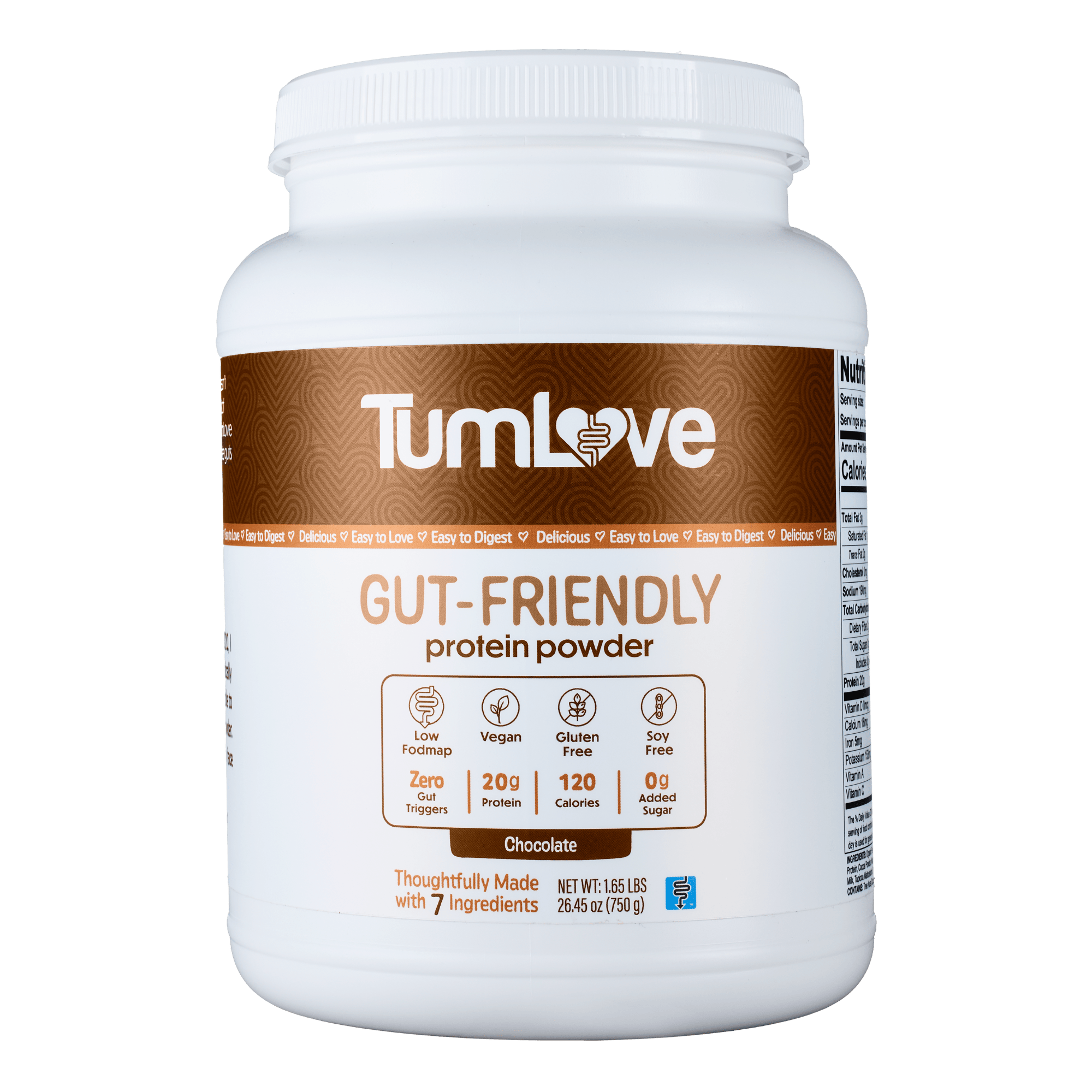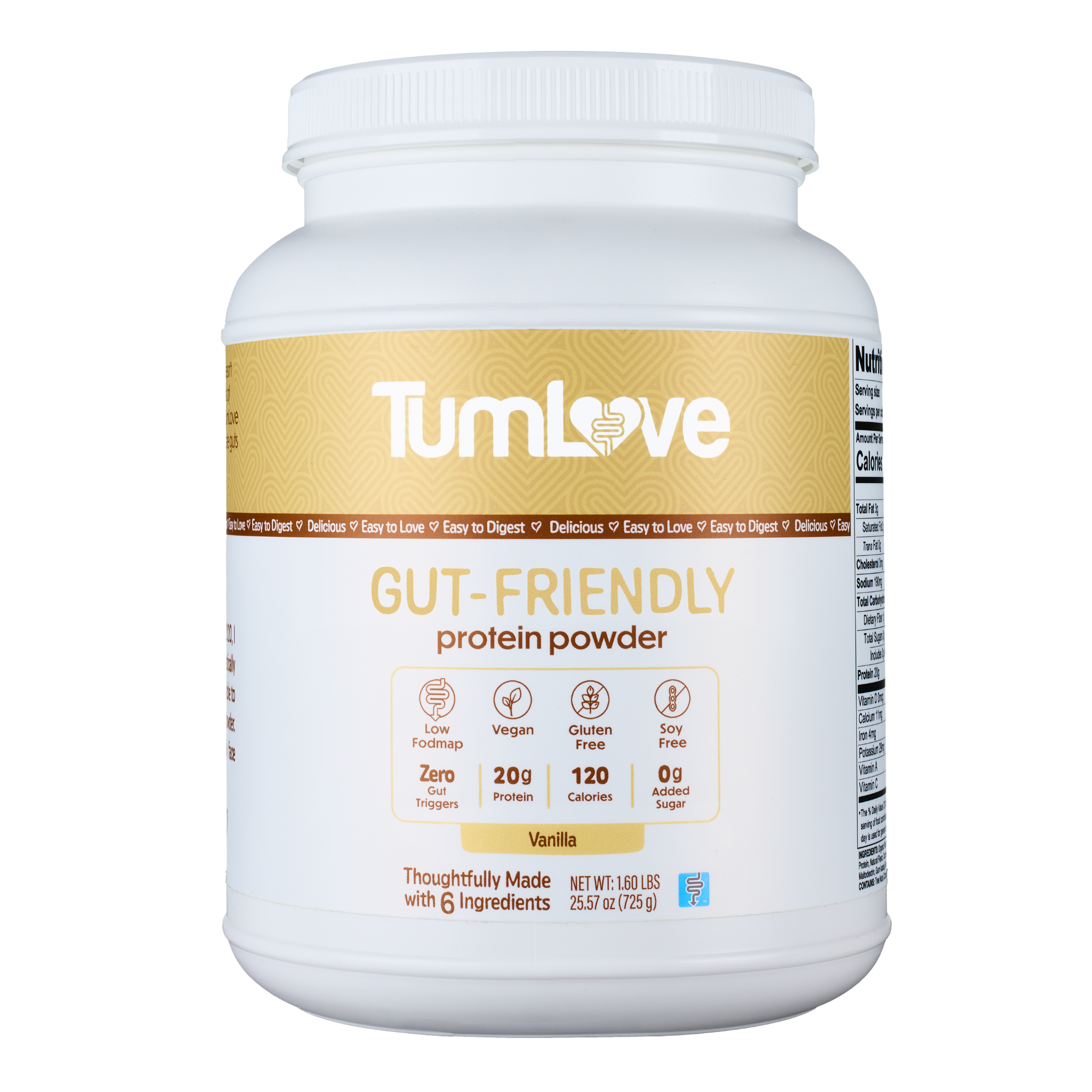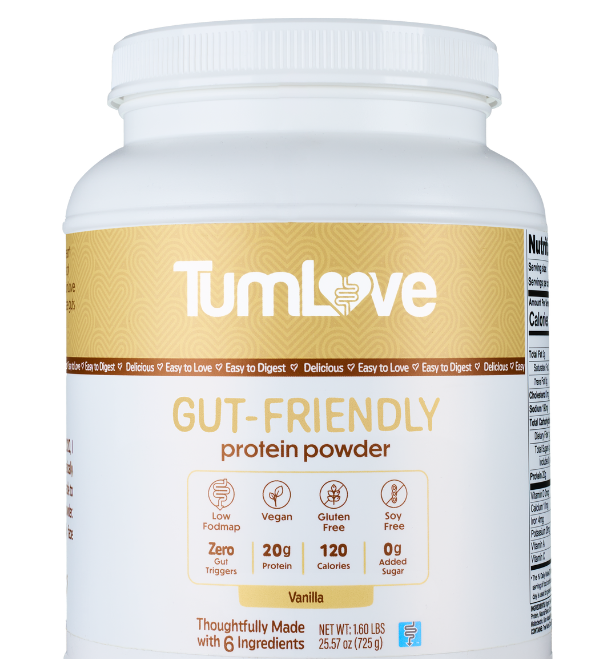TumLove is the best solution for those seeking optimal digestive health and overall well-being. This groundbreaking product harnesses the power of carefully selected, high-quality ingredients to provide a comprehensive approach to managing various digestive issues. By addressing the root causes of digestive discomfort, TumLove helps individuals feel their best, empowering them to live life to the fullest without the constraints of digestive problems.
★★★★★
"Now I can do what I love while feeling great!"
- Lileia S.
Embarking on a Low FODMAP diet journey
Following a low FODMAP diet can be a game-changer for those with digestive health issues. By understanding and implementing this dietary approach, you can potentially alleviate symptoms associated with irritable bowel syndrome (IBS) and other digestive disorders.
Understanding the Low FODMAP Diet
FODMAPs, or Fermentable Oligosaccharides, Disaccharides, Monosaccharides, and Polyols, are specific types of carbohydrates that can be challenging for the gut to digest. Their fermentation in the large intestine can cause digestive issues such as bloating, gas, and abdominal pain.
Benefits of a Low FODMAP Diet
By following a low FODMAP diet, individuals can experience significant relief from IBS symptoms and improve their overall gut health. This diet has been shown to positively impact quality of life and provide a sense of empowerment through dietary control.
Reintroducing High FODMAP Foods
The low FODMAP diet is not meant to be a lifelong commitment. After a period of symptom relief, it's crucial to gradually reintroduce high FODMAP foods to identify personal tolerances and expand food options.
How To Make The Low FODMAP Diet Easier To Follow
Shopping for Low FODMAP Foods
Navigating the grocery store on a low FODMAP diet can be daunting at first. Seek out specialty low FODMAP products, and pay close attention to food labels to avoid hidden high FODMAP ingredients.
Pro Tip: Apps such as the Monash University FODMAP diet app make following the low FODMAP diet much easier by telling you exactly what you can and cannot eat.
Low FODMAP Cooking Tips
When preparing low FODMAP meals, focus on using fresh ingredients and incorporating a variety of herbs and spices to enhance flavor. Experiment with different cooking techniques, such as roasting, grilling, or steaming, to create delicious and gut-friendly dishes.
Creating a Low FODMAP Meal Plan
Developing a low FODMAP meal plan requires mindful consideration of food choices and balanced nutrition. Planning meals in advance can help ensure that your diet remains varied, satisfying, and nutritionally complete.
Low FODMAP Meal & Snack Ideas
Low FODMAP Breakfast Ideas
Start your day with delectable low FODMAP breakfast options such as overnight oats, quinoa porridge, or lactose-free yogurt with low FODMAP fruits. Experiment with creative recipes to keep breakfast enjoyable and varied.
Low FODMAP Lunch Ideas
Prepare healthy and satisfying low FODMAP lunches like quinoa salad, rice paper rolls, or homemade soups. Pack your lunches in advance to ensure you have gut-friendly options on-the-go.
Low FODMAP Dinner Ideas
Discover a world of flavor with low FODMAP dinner recipes, such as grilled chicken with a side of roasted vegetables or a comforting bowl of vegetable stir-fry. Incorporate a variety of ingredients and cooking methods to keep dinner time exciting.
Low FODMAP Snacks and Desserts
Snack on low FODMAP options like rice cakes, carrot sticks, or a small serving of nuts. Indulge in low FODMAP sweet treats like homemade chocolate chip cookies made with almond flour or a slice of lemon drizzle cake made with gluten-free flour. Satisfy your cravings while still adhering to the low FODMAP diet. We also have a great low FODMAP dessert recipe.

Managing Social Situations on a Low FODMAP Diet
Navigating social events and gatherings while following a low FODMAP diet can be challenging but manageable. Plan ahead by bringing a dish to share, and communicate your dietary needs to friends and family.
Traveling on a Low FODMAP Diet
Traveling while adhering to a low FODMAP diet requires preparation and resourcefulness. Pack non-perishable low FODMAP snacks, research restaurants in your destination, and learn key phrases to communicate your dietary needs when dining out in foreign countries. You could also consider Low Fodmap Meal Delivery services as well.
Monitoring Your Progress
Keep track of your symptoms and improvements as you follow the low FODMAP diet. This can help you identify specific food triggers and make necessary adjustments to your diet as needed.
Support and Resources for a Low FODMAP Diet
Take advantage of online communities, forums, apps, and websites dedicated to low FODMAP living. These resources can provide guidance, support, and inspiration for maintaining a low FODMAP lifestyle.
Working with Healthcare Professionals
Consult with a registered dietitian or your healthcare team to ensure your low FODMAP diet is tailored to your specific needs. Collaborating with professionals can help you achieve the best possible results from your dietary changes.
Conclusion
A low FODMAP diet can be a powerful tool for managing digestive issues and improving overall gut health. By implementing the strategies outlined in this guide and seeking support from healthcare professionals and online resources, you can embark on a journey to better digestive health and a more fulfilling life.
Shop Now




